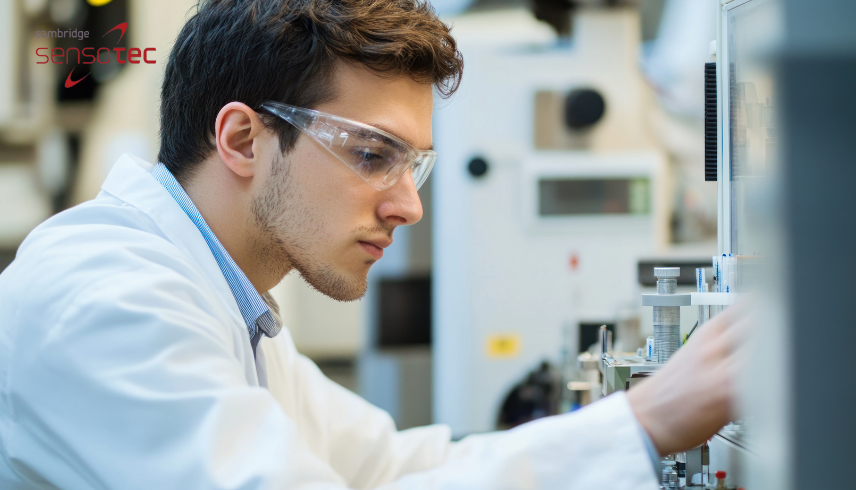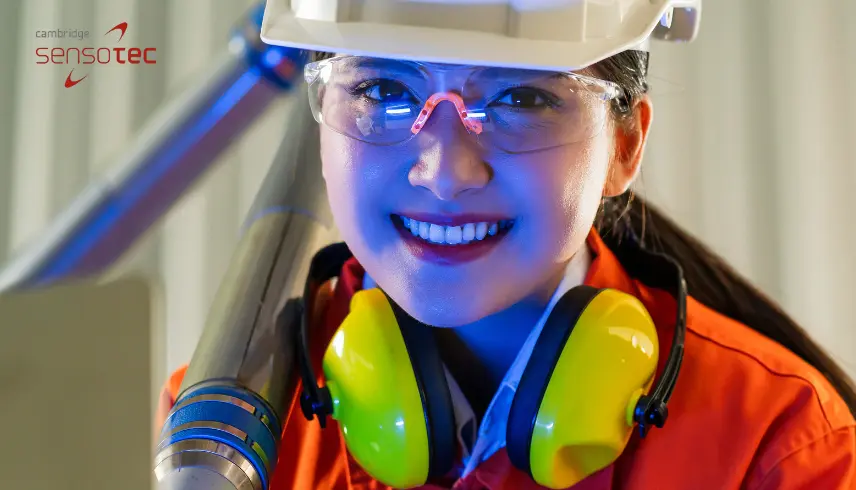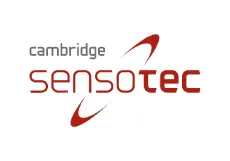

Understanding SIL2: A Guide to Safety-Critical Gas Analysis
Introduction
Industries that rely on gas analysis must prioritise safety and reliability. Safety Integrity Level (SIL) classifications provide a structured framework for assessing the dependability of safety systems in hazardous environments. Among these classifications, SIL2 certification is widely recognised for its importance in safety-critical gas analysis applications. Understanding SIL2 and its role in industrial operations can help businesses implement safer and more efficient gas monitoring solutions.
Understanding SIL2 and Its Importance
SIL2 is essential for industries where hazardous gas leaks or failures pose moderate risks that require strong mitigation measures. SIL2, or Safety Integrity Level 2, measures the reliability and risk reduction of a safety instrumented system (SIS). The international standard IEC 61508 defines SIL classifications, ranging from SIL1 to SIL4, with SIL4 offering the highest level of risk reduction.
SIL levels are assessed based on two key factors:
- Probability of Failure on Demand (PFD): The likelihood of a system failing when needed.
- Risk Reduction Factor (RRF): The extent to which a system reduces potential hazards.
For SIL2 systems, the risk reduction factor typically falls between 100 and 1,000, with a probability of failure on demand between 10^-3 and 10^-2.
The Role of Understanding SIL2 in Gas Analysis
Gas analysis is essential in industries such as oil and gas, pharmaceuticals, chemical processing, and manufacturing. These environments often contain hazardous gases like hydrogen, methane, carbon monoxide, and oxygen, which can pose significant risks to workers and equipment. Industries that implement SIL2-certified systems can ensure that their gas analysers meet high safety and reliability standards.
The key benefits of understanding SIL2 certification in gas analysis include:
- Improved Safety: Reduces the likelihood of gas leaks, explosions, and exposure to harmful gases.
- Regulatory Compliance: Helps industries meet national and international safety regulations.
- Greater Reliability: Ensures accurate gas measurements even in harsh operating conditions.
- Minimised Downtime: Lowers the risk of system failures, preventing costly operational disruptions.
- Optimised Performance: Enables better process control and operational efficiency.
- Scalability: Supports the development of advanced monitoring systems for evolving industrial needs.
- Environmental Protection: Helps industries reduce harmful emissions and improve sustainability.
- Cost Efficiency: Reduces maintenance costs by minimising failures and downtime.
Achieving SIL2 Certification
To achieve SIL2 certification, companies must follow strict design, testing, and operational standards. The certification process involves several essential steps:
- Risk Assessment – Identifying hazards and evaluating potential risks related to gas leaks or system failures.
- System Design – Creating a safety-oriented system that includes redundancy, fault tolerance, and fail-safe mechanisms.
- Component Selection – Choosing compliant sensors, controllers, and actuators that meet performance standards.
- Testing and Validation – Conducting rigorous safety evaluations, including Failure Modes, Effects, and Diagnostic Analysis (FMEDA), to ensure compliance.
- Continuous Monitoring and Maintenance – Implementing regular diagnostics, calibration, and predictive maintenance to maintain system integrity.
- Personnel Training – Ensuring operators and engineers are trained in handling certified systems to enhance safety measures.
Comparison to Other SIL Levels
Different SIL levels suit various industrial applications. SIL1 provides basic safety measures, often used in non-critical gas monitoring systems. SIL2 offers a higher level of risk reduction and is commonly adopted in industrial gas analysis. SIL3 is required for high-risk environments such as offshore oil and gas platforms, while SIL4 applies to extreme hazard applications, such as nuclear power plants.
Real-World Applications
SIL2-certified gas analysers are used across industries where safety and accuracy are crucial. Examples include:
- Oil & Gas: Detecting and preventing explosive gas leaks in drilling and refining operations.
- Chemical Processing: Monitoring toxic gases in chemical production plants.
- Power Generation: Ensuring safe combustion and emissions control in energy production.
- Pharmaceuticals: Maintaining sterile and safe environments in drug manufacturing.
- Food & Beverage: Verifying gas purity in modified atmosphere packaging to enhance food preservation.
- Mining: Monitoring hazardous gases underground to protect workers from exposure to toxic environments.
- Automotive Industry: Ensuring safe hydrogen usage in fuel cell technology development.
- Waste Management: Detecting biogas emissions to improve energy recovery and reduce environmental impact.
- Semiconductor Manufacturing: Monitoring ultra-pure gases used in microchip production.
- Aerospace Industry: Managing gas purity in critical propulsion and environmental control systems.
- Water Treatment Plants: Ensuring gas monitoring in chemical dosing and aeration processes.
Selecting the Best SIL2 Gas Analyser
When selecting a SIL2-certified gas analyser, businesses should consider several factors:
- Sensor Technology: Options include electrochemical, infrared, thermal conductivity, and laser-based sensors.
- Measurement Precision: High accuracy ensures reliable gas concentration readings.
- Response Speed: Faster detection allows for quicker hazard mitigation.
- Durability: The analyser must function effectively in extreme temperatures, humidity, and pressure variations.
- Certification and Compliance: The system should meet IEC 61508, ATEX, and other relevant safety standards.
- Data Integration: Modern systems offer real-time monitoring and cloud connectivity for improved analytics.
- Maintenance Requirements: Systems with self-calibration or predictive maintenance capabilities enhance reliability and longevity.
The Future of Understanding SIL2 in Gas Analysis
As industries strive for greater safety and efficiency, understanding SIL2 certification is becoming more relevant. Advancements in sensor technology, artificial intelligence, and automation are enhancing the reliability of gas analysers. Predictive analytics and real-time monitoring are expected to further improve risk mitigation and operational safety.
Since governments and regulatory bodies continue to tighten safety requirements, SIL2 certification remains a valuable investment for companies seeking long-term compliance. The adoption of advanced gas analysis solutions will help industries maintain high safety standards while optimising productivity. Additionally, emerging digital twin technology can simulate gas monitoring environments, providing proactive risk assessment and system improvements.
The integration of wireless communication and IoT-based solutions in gas analysers will further enhance certified systems’ responsiveness and adaptability. As industries evolve, continuous improvement in gas analysis technology will play a crucial role in achieving higher safety benchmarks.
Moreover, artificial intelligence will play a larger role in safety monitoring, enabling gas analysers to predict potential failures before they occur. This advancement will improve response times and enable industries to proactively address hazards. As gas analysis continues to evolve, companies that adopt these innovations will be better positioned to meet future safety requirements.
Conclusion
Understanding SIL2 certification is crucial for industries that require safety-critical gas analysis. It strikes a balance between effective risk reduction and practical implementation, ensuring reliable gas monitoring. By adopting compliant systems, industries can enhance workplace safety, achieve regulatory compliance, and improve operational efficiency.
Cambridge Sensotec provides state-of-the-art gas analysis solutions designed to meet industry safety standards. Contact us today to learn how our advanced gas analysers can support your safety and compliance needs.


